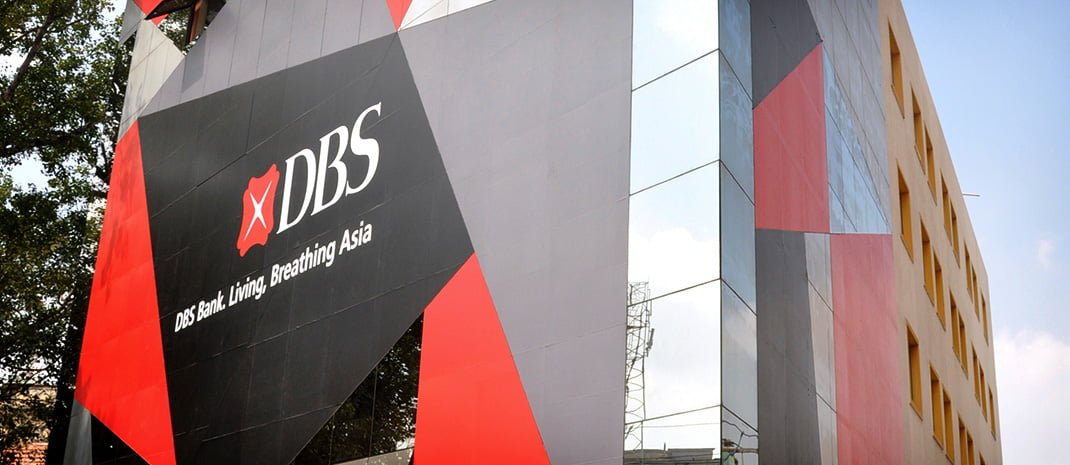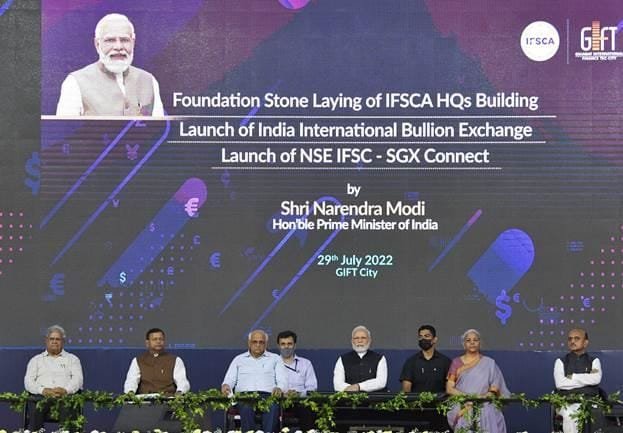Focus would be on long-term reforms
Risks from COVID-19 related developments are evolving, necessitating ample policy support, said Singapore’s DBS banking Group.
Resolving financial sector stability and ensuring banks and non-banks return to health will be crucial, the bank pointed out in its report “India: Global risks meet domestic concerns” released 26 Mar 2020.
Once the dust settles, focus will return to the need for long-term reforms to revive investment growth, boost incomes and consumption expenditure, along with improving export capabilities, said the bank’s economist Radhika Rao.
Rao reviews the situation in India, which is the latest country to be impacted by the coronavirus spread. The authorities have moved quickly to exercise a complete lockdown of the country for 21 days.
This global risk adds to the pre-existing domestic concerns of deleveraging by corporates, banks and non-banking institutions. Private investment growth has also been weak, with the spillover of the pandemic risks delay a revival. We assess the evolving macroeconomic outlook against this backdrop:
Drag from the COVID-19 to deepen
India was relatively shielded from the fallout of the COVID-19 spread in the initial wave, but the count jumped to over 600 cases in less than a week, with fatalities at a dozen. Press reports cite limited access of the test kits across the country, which might keep this count rising.
Amongst states, data from the Ministry of Health shows that the count is highest in Maharashtra and Kerala for now, which cumulatively make about 18% of overall GDP.
Since the initial outbreak, focus has shifted to ‘flatten the (pandemic) curve’ i.e. prevent and delay the spread of the virus so that large portions of the population don’t fall sick at the same time.
Stricter social distancing and restrictive lockdowns within this time has shown success in flattening the infection curve. Admittedly, India’s large population, high density and varied extent of health infrastructure development across states, exposes the economy to a greater spread of the infection.
The situation has deteriorated as the health crisis has shifted from a supply shock to depressing demand. Impact will be felt via three channels as we discuss in detail under – Spillover through the financial markets and confidence channels has been most telling in the past month, Tourism, supply shock to demand dampener:
Global risks add to the pre-existing domestic concern of ongoing deleveraging by corporates, banks and non-banking institutions. Private investment growth has been weak, with overall gross capital formation rising 0.1% yoy in FY20.
The current lockdown will impact three-fourths of the economy, barring exempt sectors like medical pharma, banking, telecom, utilities etc. A sharp and broad-based, but temporary hurt is likely.
Nonetheless, there is high degree of uncertainty around the duration and intensity of the virus. We assess the impact on growth and inflation.
Implication for policies
The RBI joined global peers to take swift liquidity action. Additional action might include an aggressive 50bps rate cut in April (risks of more), dedicated liquidity window for mutual funds (as redemptions jump) and deferred (bad) loan classification. Macroprudential measures comprising of tweaks to the risk weights of selected sectors might also be a part of the toolkit.
As a more emergency response, the RBI might widen the scope of bond purchases to include corporate bonds if distress proves to be prolonged.
Besides cheap credit and availability of funds, the health crisis and economic fallout necessitates an urgent fiscal response.
Recent measures were focused on regulatory aspects, such as deferment in tax filing deadlines, higher threshold for cases to be admitted to the bankruptcy court, amongst others, noted the bank. fiinews.com









